Smart Thermostat Guide: All You Need to Know
- How smart thermostat technology works
- Save money with a smart home
- Comparing the best on the market
Smart home technology is useful to control your home in numerous ways. Thanks to advances in energy efficiency, you can benefit from lower heating bills by making use of smart thermostats. Many different versions are available, but they essentially help make the most out of your heating system by running more economically. Some types can even prevent heating an empty home and compensate for the weather.
This article will explain what a smart thermostat is and how it works. It will detail what types are available, why they’re useful and how much they cost. The article will then look into how much you could potentially save on heating bills, as well as how the best models compare.
Interested in smart boiler technology? Use our quote comparison tool to see how much you’d pay. It only takes a minute.

What's On This Page?
Click the links below and head straight to a specific section of the article.
What Is a Smart Thermostat?
Designed to connect your home heating system to the internet, a smart thermostat basically allows you to control how your home is heated through your smartphone. It’s not just this function that they’re useful for, as they are also capable of so much more. From being able to cleverly reduce how hard your boiler works to compensating for the weather conditions in the area, smart thermostats are energy efficient pieces of kit.
They differ from traditional thermostats and programmers because there’s more functionality and settings available. While you can set times for your home to heat up through a programmer, this requires an initial manual input and for the timings of your routine to always be the same. Smart home technology can automate a lot of these processes, depending on the model you choose.
Features
Central heating control
Hot water control
Efficient temperature readings
Multi zone temperature regulation
Smartphone/tablet integration
Weather compensation
Automated personalisation
Habit learning
Smart speaker integration
While smart thermostats have the potential to perform all of the above, not all models will offer every single feature. The more expensive versions will be capable of much more automation than budget models, but it depends on how you want your heating system to work for you. For some, simply controlling their heating from their smartphone will be enough.
Which Type of Boiler Can They Work With?
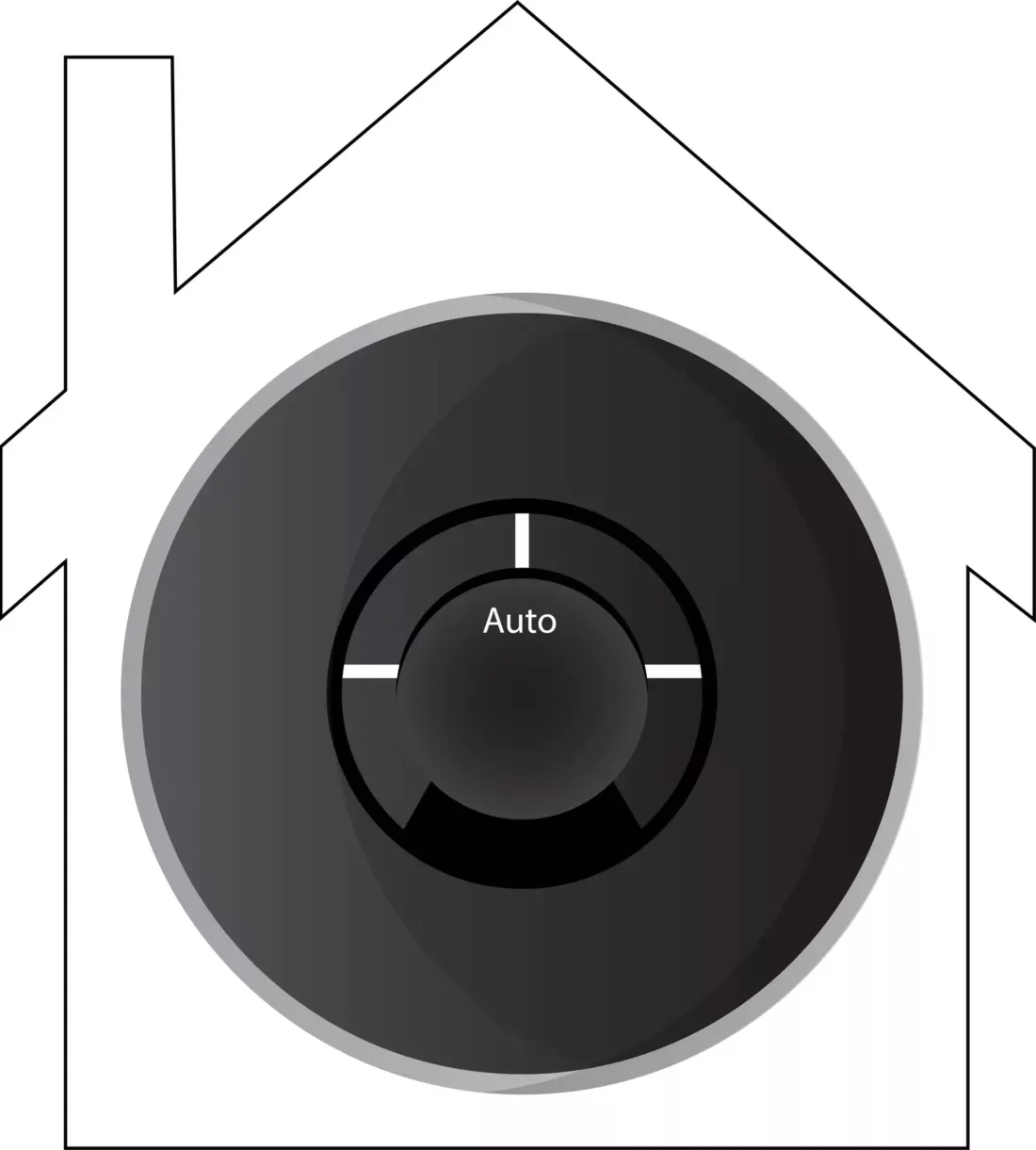
The beauty of smart technology is that it works with a whole host of setups. If you’ve got a system or heat-only boiler with a separate hot water tank, you can install a smart thermostat that will control both your heating and hot water. The extra functionality gives you more control and ability to save money.
If you have a combi boiler, your smart thermostat will only need to control your heating system as hot water will be produced on demand. You will still save money, as central heating makes up more of your energy bill.
Why Smart Heating Technology Is Useful
It may seem like a bit of a gimmick, but there’s solid evidence to support the use of a smart thermostat for reducing your energy use. While you’ll have multiple ways of controlling your heating system, the thermostats can work much more effectively at providing steady temperatures.
In terms of how energy saving these devices are, estimates vary by manufacturer. You can see various percentages in the interactive graph below.
With bespoke heating controls, you will have lower heating bills and a reduced carbon footprint. Your new smart thermostat can even save time by doing all the hard work for you. Other benefits are included below.
Geolocation
Some of the more advanced smart thermostats work based on your location. They know where you are and limit how your home is heated when you’re away. An absence of longer than two days can put your heating system into hibernation mode, being ready at a moment’s notice to start up again once you return.
This also works for leaving a home. Some smart thermostats sense when no one is in the home, and change heating schedule accordingly. They may also learn when you usually require hot water or heating throughout the day.
Reports and Alerts
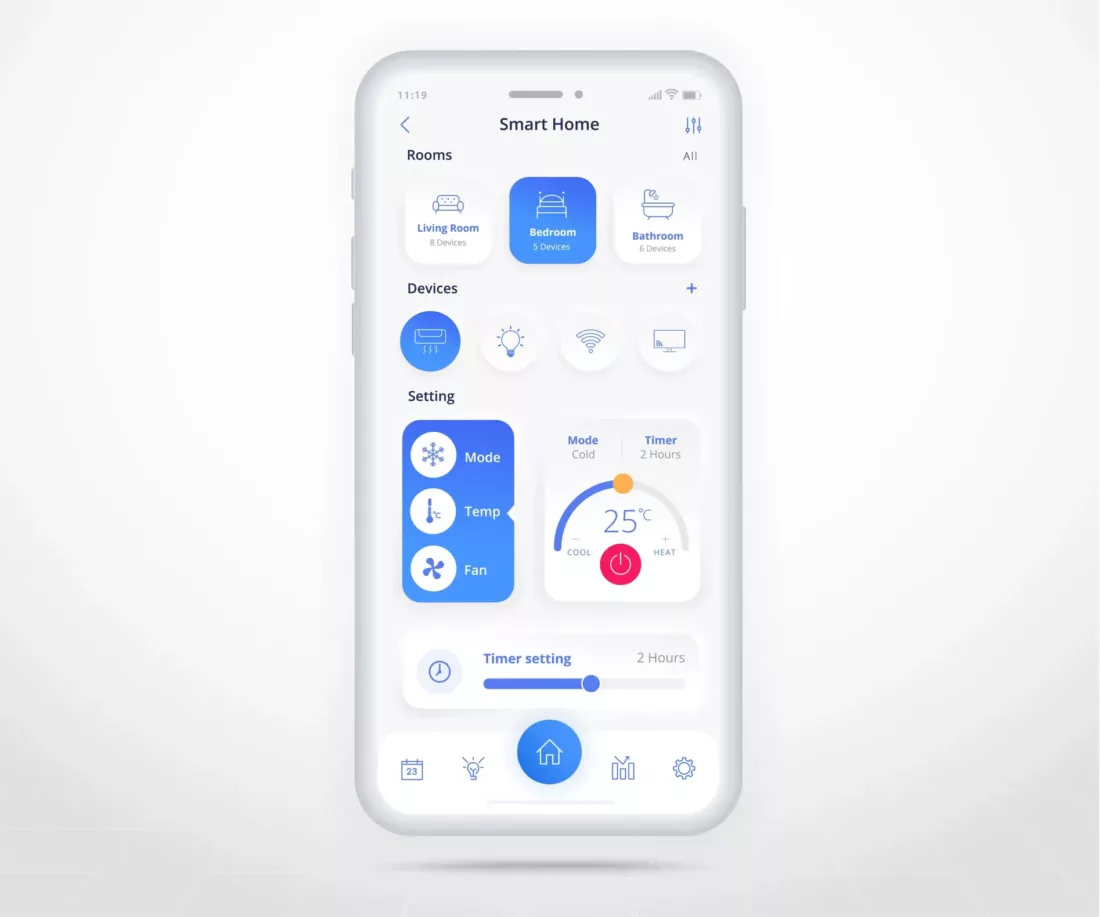
You can receive data based on your heating usage and track what you use throughout the year. Special reports give you insight into how you can reduce your energy use. With integration through mobile phones, a smart thermostat may also alert you to certain situations, such as windows being left open or the heating being left on when no one is home.
Automation
Learning smart thermostats adapt to the temperatures you choose at certain times of the day. The Nest thermostat, for example, tracks your temperature selections over the space of a week and will automatically change according to the time. This way, you can leave your heating to work independently without having to constantly adjust the thermostat or programme different times.
Integration
Smart home technology is only useful when it interacts. Most smart thermostats come with smart speaker integration, allowing you to control them through Amazon Alexa, Google Assistant or Apple Homekit. Additionally, app integration can often be used through multiple users, which is useful if anyone needs to change the system remotely, rather than it being left to one individual in a household.
Weather Compensation
Many smart thermostat models will be able to recognise how quickly your home takes to heat up, which is useful for when it needs to hit a set temperature at a specified time. It’s also possible for them to realise the Sun’s effect on your home, not turning the heating on unless it’s necessary.
More advanced models will be able to assess the weather to determine how much heating you will need. If it’s a relatively mild day, your smart thermostat will refrain from heating up as much, which will save you all important money on your heating bills. Similarly, if a cold night is expected, it can keep the heating on a low setting to avoid any nasty temperature shocks.
Multi-Zone Heating
With the addition of more smart tech, you can benefit from controlling your heating in multiple rooms at a time. Usually in the form of smart thermostatic radiator valves (TRVs), these attach to your radiators to dictate how warm you’d like different rooms. By controlling them through your smart thermostat, you can then only heat specific rooms exactly when you need to. Think of them as a sort of smart radiator.
Zoned heating saves you money on your energy bills because you’re not heating the whole home at a time. By only firing up the boiler to warm specific rooms that are in use, you can maintain set temperatures more quickly. It’s estimated that you can save around 37% on heating costs just by using a zoned system.
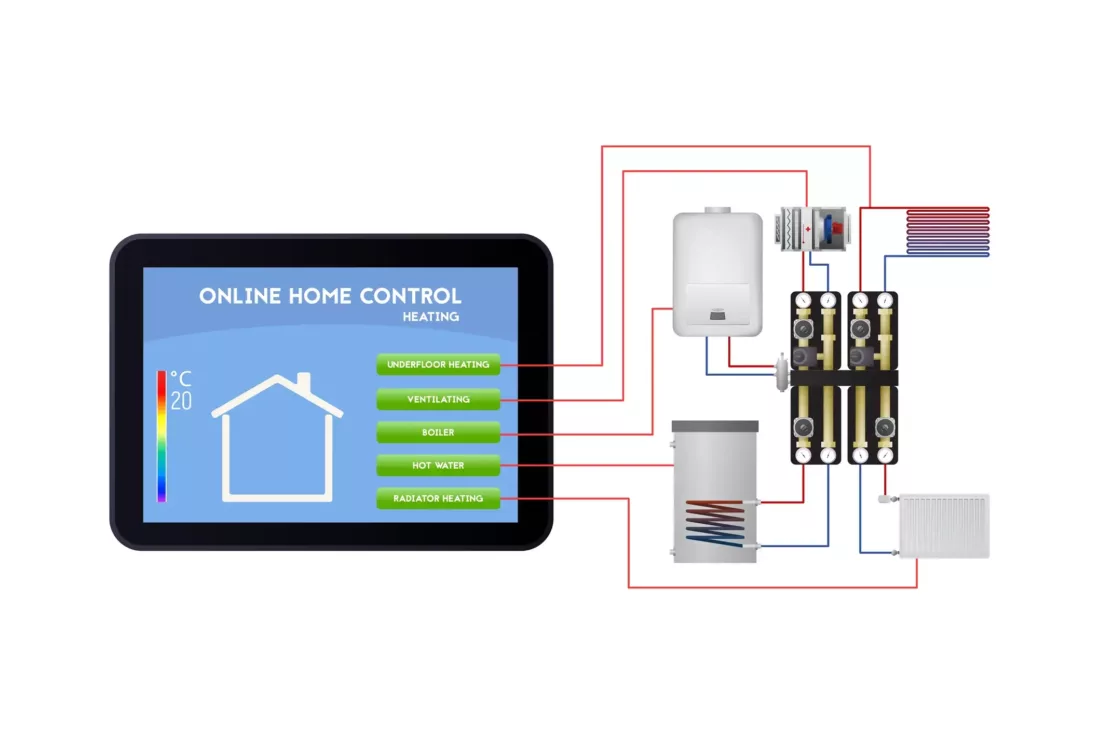
How Much Do Smart Thermostats Cost?
Depending on how much functionality you’re after from your smart thermostat, models can be relatively competitively priced. Simple systems that only allow you to operate them through a mobile app are the cheapest, at around £60, while other, more capable types can cost between £200 and £300. And these are completely separate from new boiler costs.
You can compare average prices for these systems in the interactive graph below.
The most expensive smart thermostat on our list is the Honeywell Evohome, at £300. The cheapest is the Hive Mini, at only £60.
Despite some of these systems coming with a high cost, the benefits they bring offer savings beyond any monetary value. Usually, the manufacturer will offer a separate price that includes installation as well, which makes sure the electrics are wired properly and you can work your heating straight away.
Installation Costs
As a rule of thumb, the more basic the system, the more likely it will be that you can install the smart thermostat yourself. More complicated thermostats have additional elements that need to be properly wired in, such as the hub and the receiver, which allow your boiler and hot water cylinder (if applicable) to connect across the internet.
If you’re simply replacing an older smart thermostat, it should just be a case of a simple swap, but it could be worth checking with the manufacturer beforehand. Professional installation can cost you around £40 an hour, according to Checkatrade, which will need to be factored into your total costs.
The Best Thermostats in the UK
There is a huge range of thermostats with smart capability on the market, and the best model for you will suit your needs just fine. The most capable systems may not be necessary for you, but they are often portrayed as the best. The best smart thermostats in the market are often attributed to Nest, Hive and Tado.
Comparison
For a side by side comparison, take a look at the table below. This gives you an overview of the various features available by the best brands.
If you want all the bells and whistles, Tado offers all the features you need in a smart thermostat, and for a little cheaper than a Nest or Hive thermostat. Similarly, some manufacturers offer their own technology that’s designed to complement their smart boiler. This is simply the whole system with the technology ready to use.
How Does a Smart Boiler Differ?
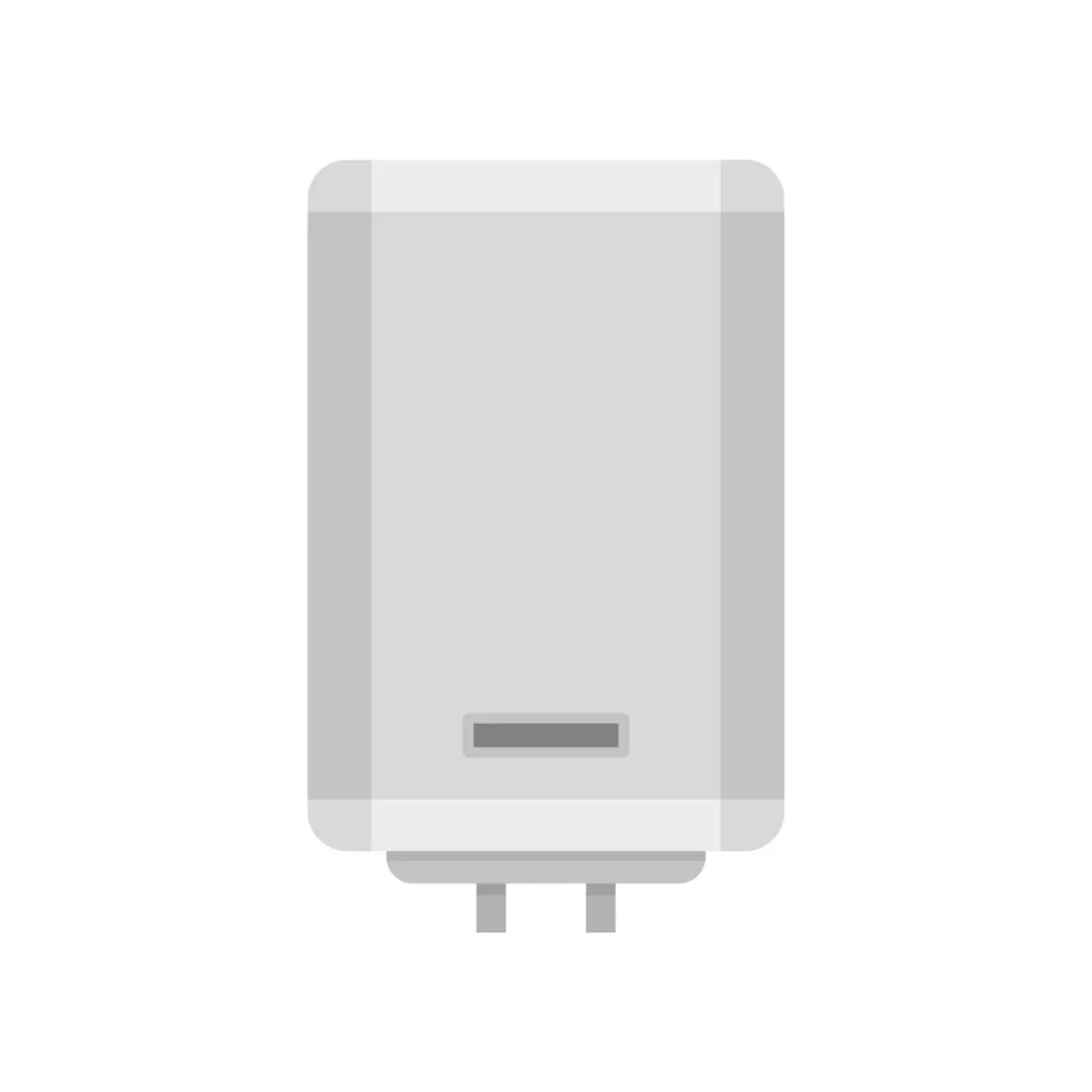
Rather than a thermostat that can connect your boiler to the internet and your remote control, a smart boiler is manufactured with these controls in mind. They consist of three different elements: the hub, the receiver and the controller/thermostat. Smart boilers simply reduce the amount of time and effort it takes to set up your heating system to the internet.
Manufacturers tend to build their own systems that work with their own technology, but some are more universal. This allows you to change to a different smart thermostat later down the line, providing it’s compatible.
Brands like Worcester Bosch, Vaillant, Baxi and Ideal have come up with their own smart systems, which give you different levels of control. The sheer range and possibility of universal controls makes it incredibly easy to find something that’s compatible.
Related articles
View all Boiler articles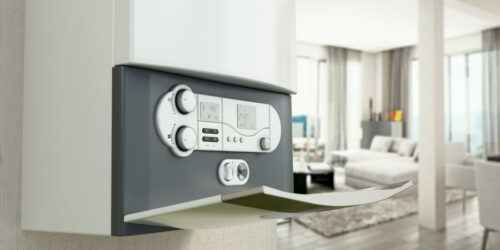
Top Tips When Buying a New Combi Boiler

Save on Heating by Keeping Your Boiler at 60°C

Smart Boiler Installation: All You Need to Know

Boiler Systems: All You Need to Know About Domestic Boilers

What Size Boiler Do I Need for My Home?
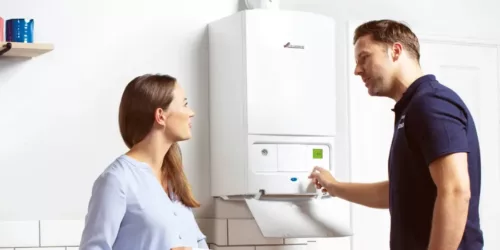
The Complete Guide to Worcester Bosch Boilers

Hydrogen Boilers: The Ultimate Guide







